An amazing day. In class, we explored characterization. We differentiated between positive and negative characteristics, between active and passive. We talked about what characters need to possess in order to drive a story.
The instructor is more interested in honing the imagination than discussing the do’s and don’ts of technique. Our ten-member class of students has been divided into two groups of three and one group of four. I am in the group of four. Our task is to present fifteen words to the class with definitions and an example of usage. Ten of the words will be true as will be their definitions. Five of the words will be made up, so too will their definitions and their usage sentences. The goal is to persuade the class of the truth of all of the words. The instructor’s point is that good fiction writing involves making one’s lies as believable as the truth. Lying is the analogy he uses for fiction writing. By lying he means that an author makes up a story. Characters, plot, setting, and all the rest are fabrications. Still, the truth told through the story can be quite large all the same.
In the afternoon I took a guided tour of many of the Oxford University colleges – not all and not most, but many. Remember, there are 39 colleges in all. And I thought Boston was a college town. I took a copious number pictures. I will post them in due time. I am using a public access point here at Christchurch to paste narrative to the blog. When I get home or to a place where I have the time and the connection to paste photos I will.
Here are the colleges I toured:
All Souls – no undergraduate students at all, post-doctorate research fellows only; founded to pray for all the souls of men who died in service to England in its wars against France – an interesting beginning for an institution of higher learning.
Balliol – Holder of the largest single collection of medieval manuscripts in England. John Wyclif, translator of the Bible into English, was a graduate and served as the college’s master in the mid-14th century.
Corpus Christi – Smallest of the Oxford colleges with less than 300 students. Most of each of the other colleges have roughly 500 students.
Hertford – Founded as Hertford Hall in 1282 is composed of three quadrangles dating from the 15th through the 20th century.
Jesus – Founded in 1571 by Elizabeth. First to admit women in the late 19th century.
Lincoln – One of Oxford’s oldest, founded in 1427.
Merton – Again, one of the oldest. The stained glass windows in its chapel are among the oldest and rarest in England. They date to the 13th century. For what it’s worth, my favorite. You will see why in the photographs.
New – Notice the name, it reflects the college’s relatively late founding date of 1379. Its founder was the Bishop of Winchester, William of Wykeham.
Oriel – Founded in 1324 and dedicated to St. Mary. This is for all Carolinians – Sir Walter Raleigh is among the school’s graduate. This is for Maren – Oriel has the most successful punting (read crew) record. The pub off of Tom Quad has an impressive array of gold-leaf inscribed paddles attesting the godlike qualities of Oriel's punting teams down through the centuries.
Trinity – A place of study since 1286.
University College – Home to Rhodes scholars from around the globe. Our guide was kind enough to point out Bill Clinton’s room. Our guide had done his homework and was able to provide us with a list of books Clinton checked out of the library. Our former president read an inordinate amount of works by Rousseau and Hobbes as a young man. UC is also the school which Percy Shelley attended. He did not graduate. He was expelled for his paper in defense of atheism. Now, there is a sizable statue of Shelley at UC as well as tributes to his genius as a poet and contributor to British verse.
Admission to Oxford, as one might well imagine, is competitive, to say the least. The method of instruction is unique. There are three eight-week terms each academic year. It ordinarily take three years to earn the bachelor of arts degree. Each student takes, on average, three courses of study each term. Weekly, he or she meets for one hour with his or her tutor to discuss assigned readings and to present an essay. Periodically, the students of all the colleges will gather en masse to listen to a lecture by one of the college’s tutors. At the end of each term, students sit for their examinations, all of which are essay – no fill in the blank and no multiple choice. Through the 19th century, examinations were oral before faculty and student peers. If failed, the student has one retake opportunity. If not passed then, the student is dismissed.
This evening I attended a wine reception in the Hall and sat at High Table. This is the very same table Dumbledore and his Hogwart’s faculty sit at in each and every dining hall scene from the Harry Potter movies. More importantly, it is also the table where some of the most influential men in Britain’s history have sat. I would go so far as to venture to say the most influential men in the world. And now, it is where I sat. Imagine that. I sat beneath Holbein’s 16th century portrait of Henry VIII. If you have seen any image of Great Harry, it was probably the one painted by Holbein.
After dinner, the entire Hall retired to the Master’s Garden between Meadow Quad and Christ Church Meadow for a dessert of strawberries, cream, and champagne. The weather could not have been more cooperative. Late evening blue sky, a gentle breeze rustling through the ancient maple trees, the grass so green and lush you had to work at keeping your jaw from dropping as you stared at it beyond the point of embarrassment.
Tomorrow, after class in the morning, I will be touring Oxford’s Bodleian Library. I let you know how it went.
That’s it for the moment. Peace.
Monday, July 16, 2007
Subscribe to:
Post Comments (Atom)
Links worth visiting
- Dan Kimball's website -- Dan is author of The Emerging Church and pastor of Vintage Church, Santa Cruz, CA
- Calvin Church, Zelienople, PA
- Calvin Institue of Christian Worship
- William and Mary's DOG Street Journal
- Brian McLaren's hompage -- author, speaker, activist
- Isabella Stewart Gardner Museum, Boston, MA
- JFK Presidential Library and Museum, Boston, MA
- My writing instructor at Oxford's Summer School
- Homepage for Oxford University's Oxford Experience
- Simon Fraser University Pipe Band
- One of the guitarists with whom I studied in Maryville
- For the bluegrass music fan with details about the bluegrass guitar camp I will be attending
- Montreat: The starting point for hiking western NC's Blue Ridge wilderness
- For citizens of Red Sox Nation
- My home and place of study while in Glasgow, Scotland, UK
- Here's the site of the bluegrass guitar camp in the TN Smokies
- Take a virtual tour of Cooperstown's Baseball Hall of Fame
- Barnwell Inn: My B&B home away from home in Cooperstown, NY
- First Presbyterian Church, Winchester, VA, USA







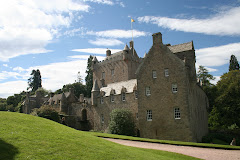
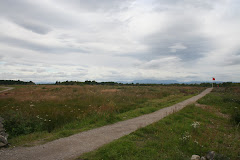

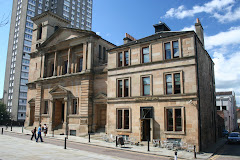

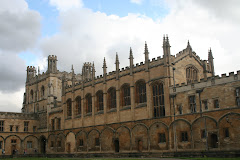

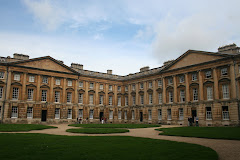
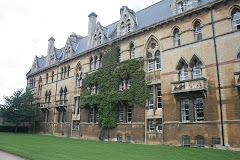
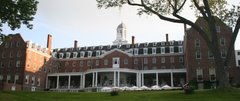

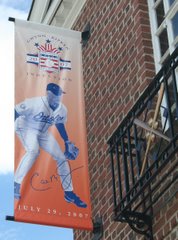
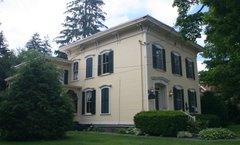
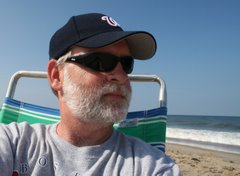
No comments:
Post a Comment